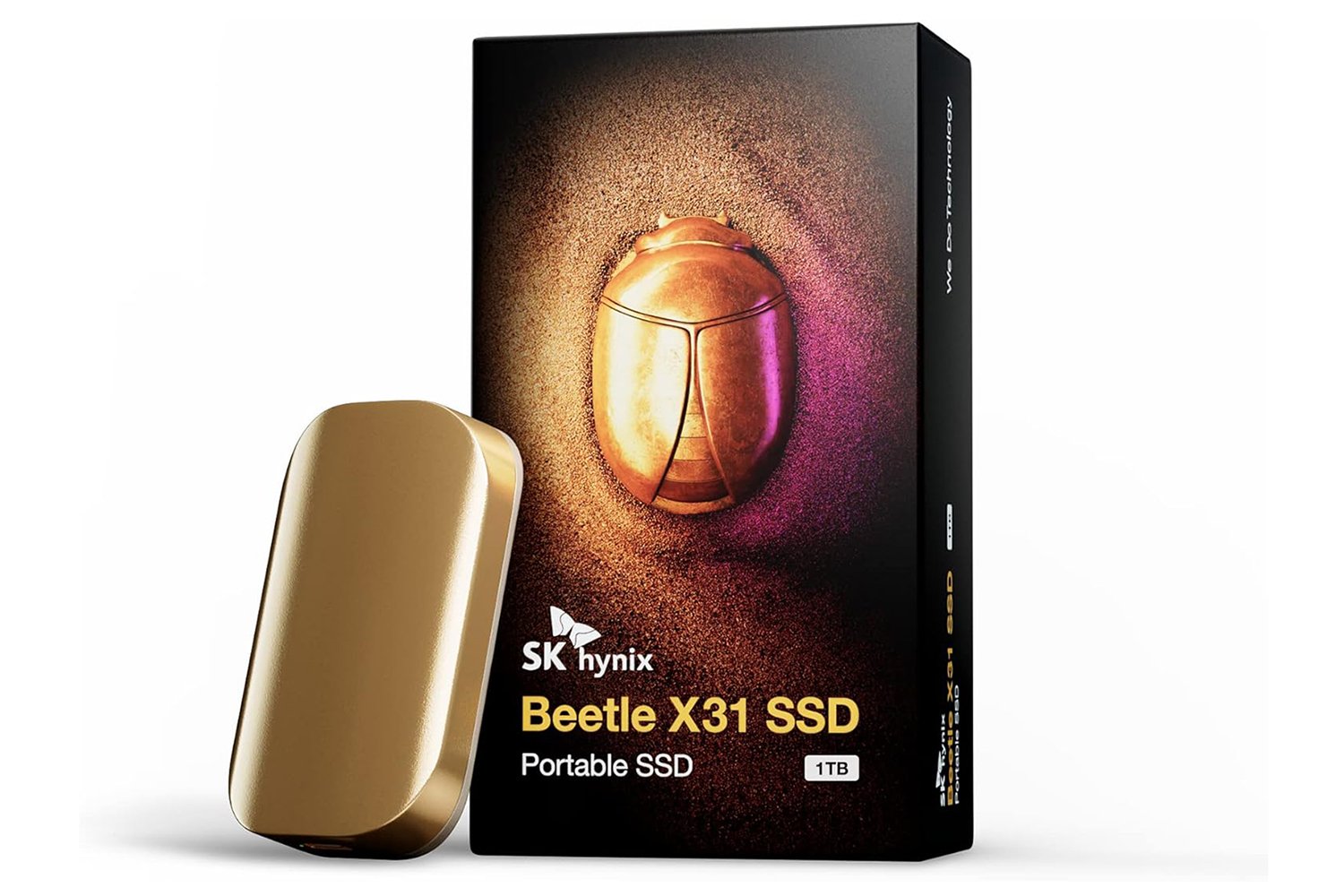Marvel at the newly captured footage from the ESA/NASA Solar Orbiter, showcasing the solar wind particles emanating from our Sun.
The footage was obtained using the orbiter’s Metis instrument, a coronagraph designed to block direct sunlight, allowing for the observation of fainter phenomena in the Sun’s outer atmosphere, known as the corona. A recent study detailing these observations has been published in The Astrophysical Journal.
According to the research team, “In this paper, we present observations by Metis during its perihelion passage of a striking helical radial structure that extended from 1.5 to 3 [solar radii] and lasted for more than 3 hr. To the best of our knowledge, these observations are unique, in that they appear to show directly the long-duration outflow of Alfvénic solar wind into the heliosphere.”
Given that the solar radius measures 432,690 miles (696,347 kilometers), the structure in question spanned an impressive distance of up to 1,298,070 miles (2,089,041 kilometers).
The footage was captured by Metis on October 12, 2022. Notably, Metis is the only instrument capable of detecting such subtle features of the solar wind, as stated in an ESA release. The Solar Orbiter frequently observes the Sun’s extreme physics, including a recent instance where it recorded tiny jets near the Sun’s South Pole.
The solar wind continually impacts Earth, sometimes triggering aurorae in our planet’s skies due to the interaction with particle influx. The unique capabilities of Metis enable researchers to study the solar wind at its source, providing insights not only into the wind itself but also into the Sun’s inner corona, where these particles originate.
The current plan is to continue operating the Solar Orbiter until 2026, although there is a possibility of extending the mission until 2030. In the meantime, we can expect more remarkable and intimate observations of our host star.
Source Link





